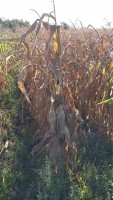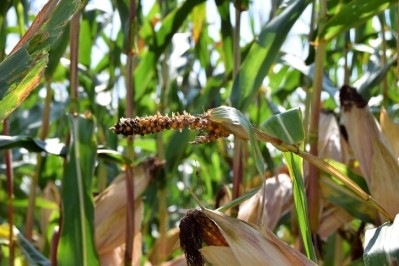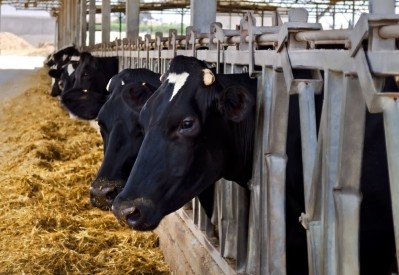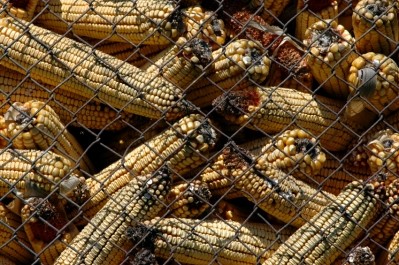Warning about Spanish maize mycotoxin load
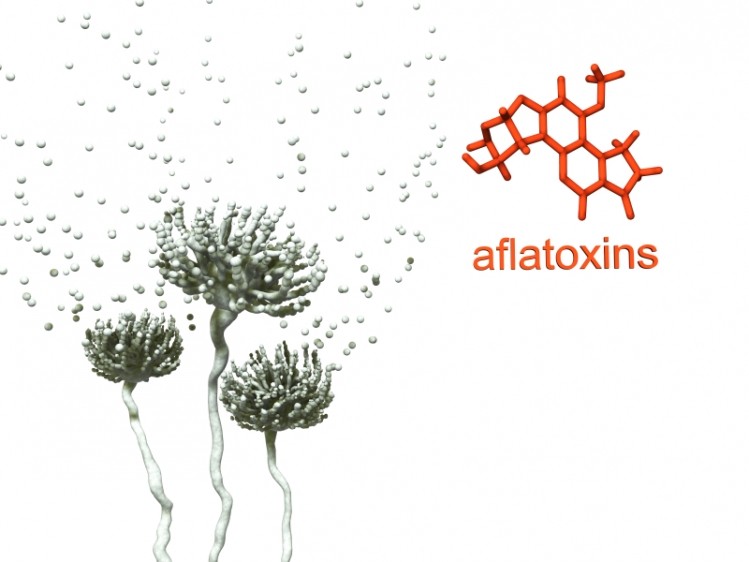
And the producer cautions against its inclusion in finished feed rations for all livestock types.
A heat wave in late June and early July last year broke monthly records, raising concerns about contaminants in grains in certain countries given that hot and dry weather has been linked to higher aflatoxin production by the fungus from the Aspergillus species.
Nutriad said the uncertainty generated by such weather patterns in terms of toxin load led it to carry out to several mycotoxin surveys in different European countries including the UK, Ireland, Poland, and Spain.
It said each report was based on 60 to70 samples of wheat or maize.
Radka Borutova, business development manager at Nutriad, told FeedNavigator last November that the initial corn samples from Spain her team had analyzed back then indicated significant mycotoxin contamination levels.
The full Spanish corn survey has now been released showing it is contaminated with a mixture of deoxynivalenol, aflatoxins and fumonisins, reported Nutriad.
“All animal producers who use corn produced in Spain should be concerned about mycotoxins,” Borutova told us today.
The aflatoxins are mainly a challenge for dairy farmers, and fumonisins are toxic for pigs, but, to a lesser extent, for poultry or ruminants, she said.
While pigs at all growth stages are at risk from such contaminants, Borutova said mycotoxins are, generally, more toxic for young animals.
Spanish survey results
Nutriad said more than 400 analyses were conducted to test for the occurrence of the seven mycotoxins most frequently found in agricultural commodities that are intended for feed production including aflatoxin B1 (AfB1), zearalenone (ZEN), deoxynivalenol (DON), T-2 toxin, fumonisin B1 (FB1), fumonisin B2 (FB2) and ochratoxin A (OTA) across all regions of Spain.
The feed additives producer said the 60 samples analyzed were collected either directly from the farms or from feed production sites immediately after the harvest when the probability that some storage mycotoxins such as OTA would have developed was low.
The results from the survey showed that 55% of the maize samples were contaminated with DON and 11% with AfB1. Only 1.6 % of the samples contained T-2 toxin.
The data also revealed the highest concentration of DON and FB1 found reached 6500 μg/kg and 11500 μg/kg respectively.
Nutriad said some 31.6% of the samples contained zearalenone, a mycotoxin which affects reproductive performance in breeding animals. Its maximum concentration reached 990 μg/kg, a significant level, noted the company.
It said, as expected, only a few samples were contaminated with OTA, a known typical storage mycotoxin. One corn sample, though, did exceed the maximum EU permitted concentration of aflatoxin B1 (20.2 μg/kg), added Nutriad.
Borotuva said the results of the Polish survey were imminent.
We reported on the findings in relation to the UK and Irish crops in November 2015.
